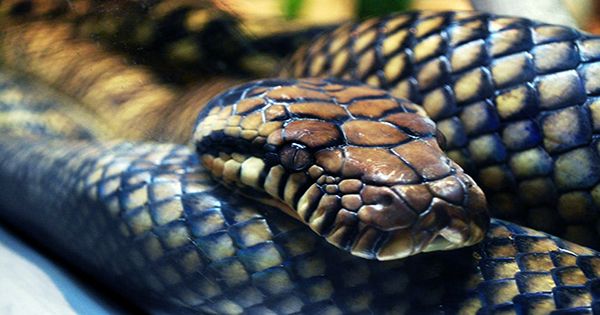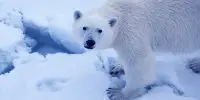Snakes are to blame if you wish your response times were faster. The evolution of partial tolerance to cobra venom has resulted in slower reflexes. Coming down from the trees meant our ancestors were more likely to encounter ground-dwelling snakes.
We acquired partial resistance in a two-stage process, allowing most snakebite victims to live despite often losing a leg in the process, although certain sacrifices were necessary. Cobras are one of the four leading killers of snakes, accounting for 100,000 fatalities each year. However, this is a small percentage of the million or so individuals who are bitten by poisonous snakes each year.
The University of Queensland’s Dr. Bryan Fry is researching how snakes and monkeys have affected one other’s development. He shows in BMC Biology that if we derived from creatures that had not experienced the cobra menace early in their development, things would be far worse. Snakes, particularly cobras, whose venom is based on -neurotoxins, are a threat to primates living in continental Africa and Asia.
Fry has aided in the development of synthetic nerve receptors that imitate those of many species, allowing scientists to study the effects of venoms (and possible treatments) on diverse animals without the ethical issues associated with live animal research. He utilized them to see how various members of the monkey family were affected by cobra venom without having to use animals that have been exposed to the poisons.
“We now have more scientific evidence to support the idea that snakes have had a substantial effect on primate evolution,” student Richard Harris stated in a statement. These poisons are lethal in far lesser quantities to American monkeys and Madagascan lemurs, according to Harris and Fry. There are no -neurotoxin-producing snakes in Madagascar, but they are tiny and nocturnal in the Americas.
Great apes and African and Asian monkeys have acetylcholine receptors that bind to neurotoxins more slowly, allowing them to survive bites. “This was only one of several evolutionary protections – many monkey species appear to have gained great vision, which is likely to have helped them identify and defend themselves against poisonous snakes,” Harris explained.
Cobras, on the other hand, were a greater hazard as our ancestors departed the woods. Our cobra defenses took a step up to resist this sometime between when our line divided from orangutans and where we split from gorillas, Fry told. “It’s crucial to stress that this resistance isn’t total – we’re not immune to cobra venom, but we’re far less likely to die than other primates,” Fry said.
Cobras increased their own capacities, which hampered efforts to build total resistance. Indeed, according to Fry, “it’s assumed that the expansion of humans was the catalyst for the evolution of defensive spitting.” “We have demonstrated in past research that resistance to snake venoms comes with a fitness penalty,” Fry added, “where the receptors don’t fulfill their usual role as well.” He noted that this causes delayed reaction times, which can be the difference between life and death in some situations.
“There is a delicate balance to be achieved,” Fry said, “where the reward must outweigh the harm.”Humans who moved to areas populated by snakes with other kinds of venoms, such as the Americas or Australia, would have lost their partial cobra resistance. However, there is no evidence that residents in these areas have sacrificed cobra resistance for speedier reflexes, according to Fry.
“We increasingly understanding the significance of snakes in primate evolution, including the shape of our brain, features of the language, and even tool usage,” Fry added. “This research adds to the enigma of the complicated arms race between snakes and primates,” says the author.















